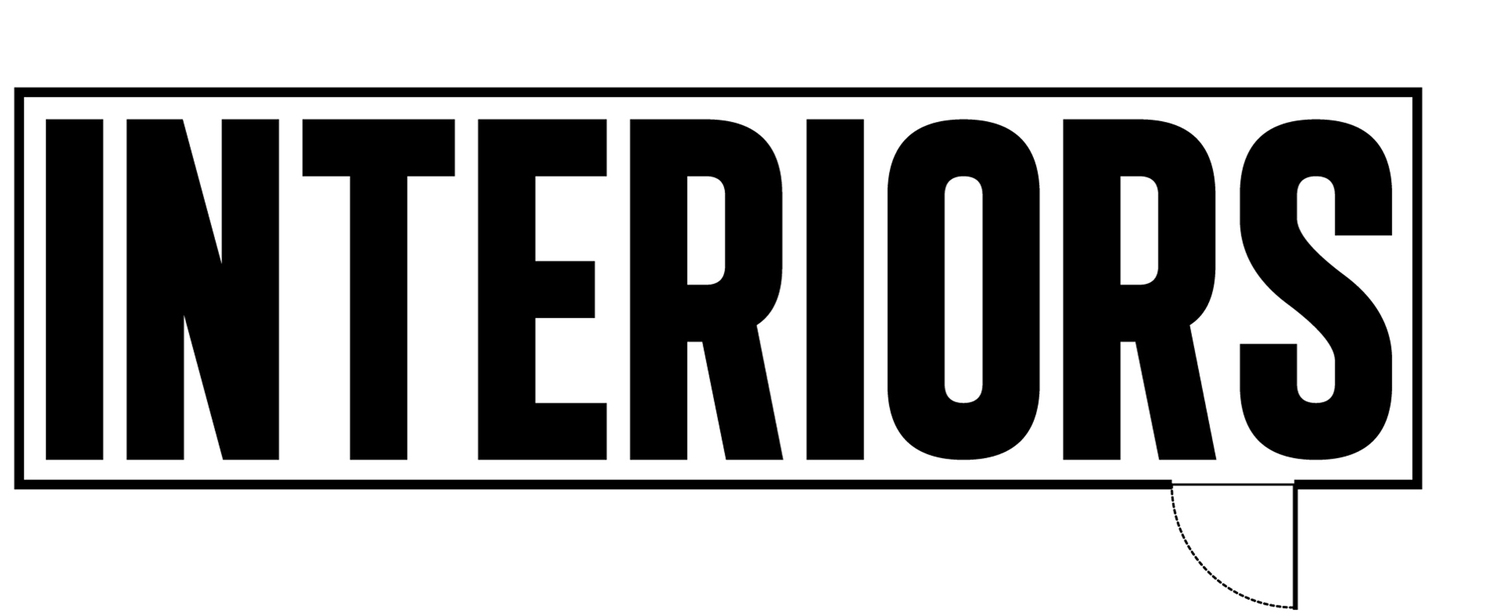INTerview: Laurent Durieux
/The first time that I was introduced to Laurent Durieux's work was for the announcement of his Solo Exhibition at the Mondo Gallery. Soon, I discovered more of his work and became more and more impressed by his incredible talent. You can visit his website to see more of his work.
In an exclusive interview with Interiors, we talked to Laurent Durieux about his art and his inspirations.
INT: When did you first realize you wanted to do Art?
LD: I must have been 5 or 6 years old. My twin brother, Jack, had received praises from our teacher and so I decided I wanted to be treated the same way. I thought, "Hmm I can also draw, I can be just as good as him." That's how it all started I guess...
INT: Favorite Art Piece/Project that you've done?
LD: Hmm, it's difficult to chose one as I loved doing every one of them. Metropolis, Jaws, The Birds, Rear Window and King Kong are probably in my top 5. Wait, there's Iron Giant and Peter and Wendy too and.... See where I am going with this?
INT: Favorite Movie and why?
LD: Blade Runner because it's one of the very few science fiction movies to stand the test of time. This movie transcends the Science Fiction genre. It has the class and timelessness of the great Film Noir genre of the 1940's. The soundtrack is also just marvellous. The Photography is insane too! Man, I could praise this movie for hours!
INT: Your film posters are incredibly unique and your ability to choose interesting scenes or moments as the subject of these posters constantly amazes me. What is your process like when choosing the subject and composition of a particular poster?
LD: Thank you! You know the creative process is a strange thing. But I would say that my ideas come mostly from sketching ideas, trying out stuff, and opening doors before closing them. I always try to come up with a fresh interpretation of some scene that somehow speaks to me. I try, when possible, to think out of the box and also try not to do what has already been done by others (Which narrows down the amount of possible ideas, too).
INT: You've created iconic posters for classic films. Is it challenging to create a film poster for a movie that has such a large fan-base, such as Vertigo, The Godfather, or Die Hard?
LD: Again, thank you! You know, I challenge myself first and believe me, I am my harshest fan! And yes, for sure, you don't want to disappoint the fans of the movie (Although, pleasing everyone is pleasing no one). At the end of the day, I'm the only one that calls the shots and I have to be proud of what I do. I have to be happy with it and usually when I am, the fans are too.
Laurent Durieux is an Illustrator and Graphic Artist. For more of his work, please visit his Website.








